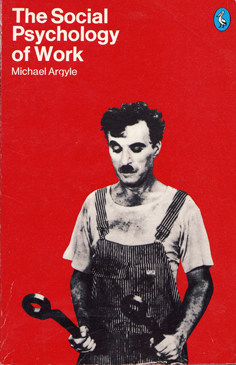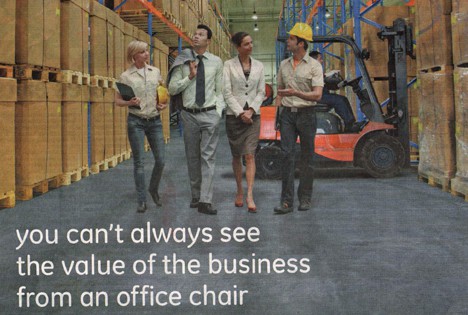SafetyAtWorkBlog is largely produced from a home-based business and the issues of safety, mental health, work/life balance are real issues in this business.
In the development of OHS regulations, a “workplace” has been fairly generic. For at least 50 years, our definition of “workplace” has reflected our individual experience of the places we have worked. (Lately, in Australia, a “workplace” has been designed as a place where work is performed, which raises lots of difficult issues in itself.) OHS regulations are rarely written by workers in a home-based business and sometimes the regulations miss this important sector of the workforce and the community.
An article on women’s wages in the Australian Financial Review on 16 March 2010 (not available online without a subscription) includes one paragraph of interesting and relevant statistics: Continue reading “Home-based businesses need OHS consideration”

 In February 2010, the New York Times ran an
In February 2010, the New York Times ran an 